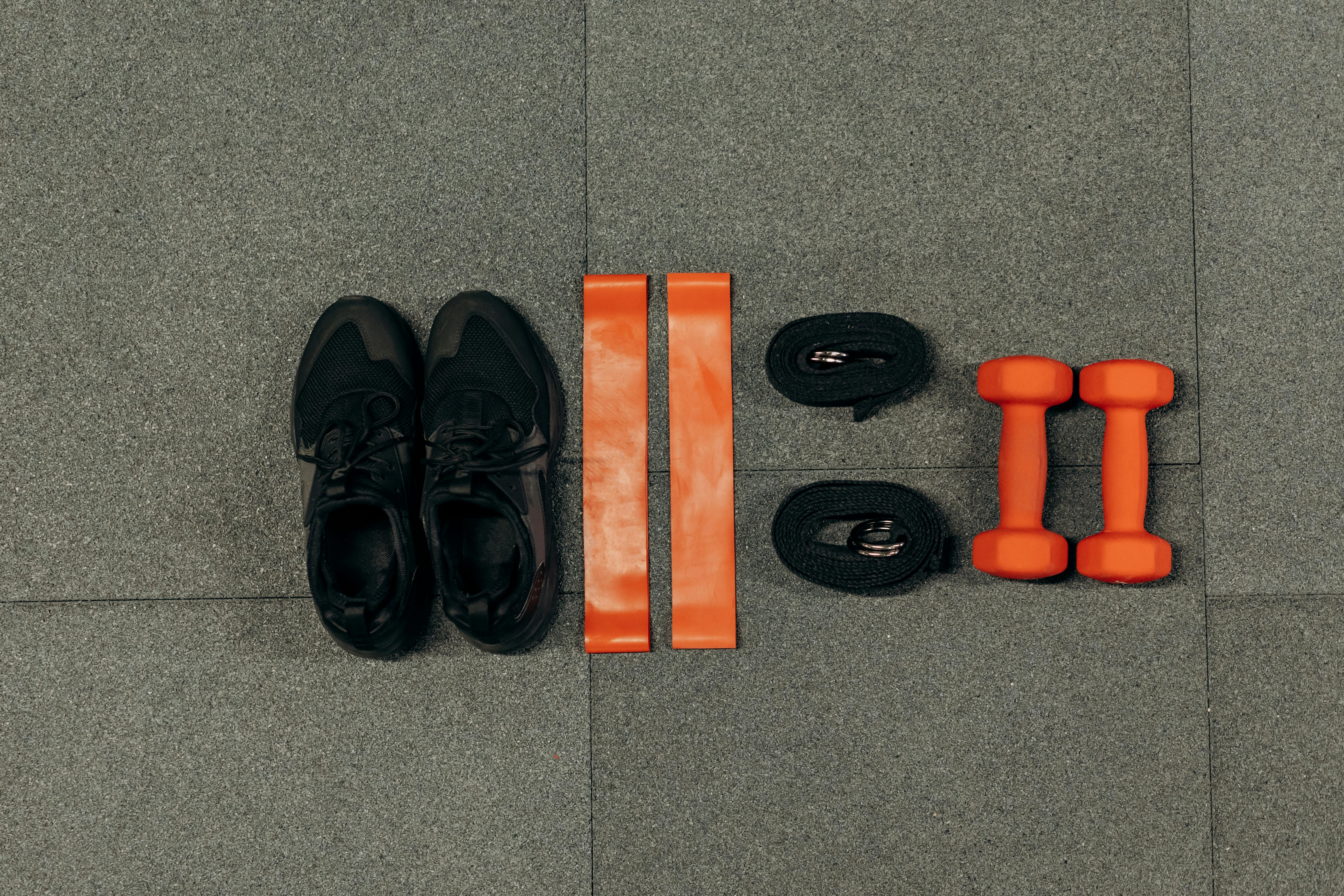Finding the Perfect Workout: Tailoring Your Exercise Routine to Meet Your Fitness Goals
Achieving fitness goals requires more than just hitting the gym. It’s about choosing the right type of exercise that aligns with your specific objectives. Whether you aim to build muscle, lose weight, improve cardiovascular health, or enhance flexibility, the exercise you choose will play a crucial role in your success.

Understanding Your Fitness Goals
Before diving into any workout routine, it's important to clearly define your fitness goals. Do you want to:
- Build Muscle: Strength training exercises are key.
- Lose Weight: Focus on a combination of cardio and strength training.
- Increase Flexibility: Incorporate stretching and yoga into your routine.
- Improve Cardiovascular Health: Cardio exercises like running, cycling, and swimming are essential.
Understanding your goals will help you tailor your exercise routine to be more effective and efficient.
Choosing the Right Exercise for Muscle Building
If your goal is to build muscle, strength training should be at the core of your exercise routine. Resistance training using weights, resistance bands, or even your own body weight helps in increasing muscle mass. Key exercises include:
- Squats: Targeting the lower body, squats help in building strength in the quads, hamstrings, and glutes.
- Deadlifts: This compound exercise engages multiple muscle groups, including the lower back, hamstrings, and glutes.
- Bench Press: A staple in strength training, the bench press primarily works the chest, shoulders, and triceps.
- Pull-Ups: Pull-ups are great for building upper body strength, particularly in the back and biceps.
Incorporate these exercises into your routine, focusing on progressive overload—gradually increasing the weight or resistance to continue building muscle over time.
Cardio Exercises for Weight Loss
For those aiming to lose weight, cardio exercises are essential. Cardio helps burn calories and improve cardiovascular health, aiding in weight loss. Effective cardio exercises include:
- Running: Whether on a treadmill or outdoors, running is an excellent way to burn calories.
- Cycling: Cycling provides a low-impact yet effective cardio workout.
- HIIT (High-Intensity Interval Training): HIIT alternates between short bursts of intense exercise and recovery periods, maximizing calorie burn in a short time.
- Swimming: Swimming engages the entire body, making it a powerful calorie-burning exercise.
Combine these with strength training to maintain muscle mass while shedding fat. Consistency is key, so find a cardio routine that you enjoy and can stick to long-term.
Flexibility and Mobility: The Benefits of Yoga and Stretching
Improving flexibility and mobility is essential for overall fitness, especially as you age. Yoga and stretching exercises not only enhance flexibility but also reduce the risk of injury and improve posture. Some of the best practices for flexibility include:
- Yoga: Poses like the Downward Dog, Warrior, and Child’s Pose help stretch and strengthen muscles while improving balance and flexibility.
- Dynamic Stretching: Involves moving parts of your body and gradually increasing reach, speed of movement, or both.
- Static Stretching: Involves holding a stretch in a comfortable position for a period of time, usually between 10 to 30 seconds.
Incorporating yoga and stretching into your routine can help enhance recovery, reduce muscle stiffness, and improve overall performance in other exercises.
Cardiovascular Health: Exercises to Keep Your Heart Strong
For those focused on cardiovascular health, regular cardio exercises are crucial. Aerobic exercises strengthen the heart, improve circulation, and reduce the risk of heart disease. Some effective cardio exercises include:
- Brisk Walking: A simple yet effective way to improve cardiovascular health.
- Jogging/Running: Increases heart rate and burns calories, contributing to heart health.
- Cycling: Strengthens the heart and improves lung capacity.
- Swimming: Enhances cardiovascular endurance and muscle tone.
Aim for at least 150 minutes of moderate-intensity or 75 minutes of high-intensity cardio exercise each week to maintain heart health.
Combining Exercises for Balanced Fitness
While focusing on a specific goal is important, combining different types of exercises can lead to a more balanced and well-rounded fitness routine. For example:
- Strength Training + Cardio: Helps in building muscle while promoting fat loss.
- Yoga + Strength Training: Improves flexibility while enhancing muscle strength.
- Cardio + Flexibility Training: Keeps the heart healthy while ensuring muscles remain flexible and resilient.
Balancing your workout routine will ensure you address all aspects of fitness, leading to better overall health.
Tracking Progress and Adjusting Your Routine
To ensure your exercise routine remains effective, regularly track your progress. Consider keeping a workout journal or using fitness apps to monitor your improvements. If you find that you’re not progressing as expected, it might be time to adjust your routine. Whether it’s increasing the intensity, changing the exercises, or trying a new workout style, staying adaptable is key to continued progress.
Conclusion
Choosing the right exercise for your fitness goals is a personalized process. By understanding your objectives and selecting exercises that align with them, you can create an effective and enjoyable fitness routine. Remember, consistency and progression are crucial. Stick with your routine, make adjustments as needed, and you’ll be well on your way to achieving your fitness goals.
References
- Harvard Health Publishing. (2019). Benefits of Strength Training. Retrieved from Harvard Health.
- American Heart Association. (2020). Cardio Exercises for Heart Health. Retrieved from AHA.
- Mayo Clinic. (2021). Exercise for Weight Loss: Calories Burned in 1 Hour. Retrieved from Mayo Clinic.

 Cricket Score Counter
Cricket Score Counter Heads or Tails
Heads or Tails
You have not logged in, please Login to comment.